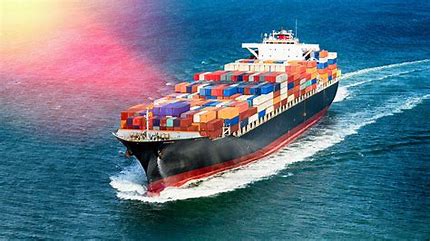
- As geopolitical tensions escalate in the Middle East, global supply chains are facing severe disruptions. The ongoing conflict has led to significant shipping delays and rerouting, especially around critical chokepoints like the Suez Canal and Bab-el-Mandeb Strait.

How Conflict in the Middle East is Squeezing Global Supply Chains and Affecting Consumers
Recent attacks on ships by Iran-backed Houthi militia in Yemen have heightened risks in the Red Sea region, compelling many cargo vessels to take longer routes around South Africa’s Cape of Good Hope. This change not only extends delivery times by 10-14 days but also inflates shipping costs and marine insurance premiums dramatically.
These disruptions come on top of existing challenges from the COVID-19 pandemic and other geopolitical tensions, like Russia’s invasion of Ukraine, which have already strained the supply lines from East to West. Retailers and manufacturers across various sectors, from apparel to electronics and automotive, are issuing warnings about potential delays and increased costs.
As companies seek more stable and predictable supply routes, the trend towards near-shoring—moving production closer to key markets—is gaining momentum. While this may mitigate some risks, it also suggests higher costs for consumers as production shifts from the “world’s factories” in the Far East to locations like Portugal, Morocco, Turkey, Spain, or even Ireland.
The situation is fluid, and the full impact on global trade, inflation, and consumer prices is yet to be seen. However, what is clear is that the ongoing conflicts and disruptions are reshaping how goods move around the world, with significant implications for businesses and consumers alike.